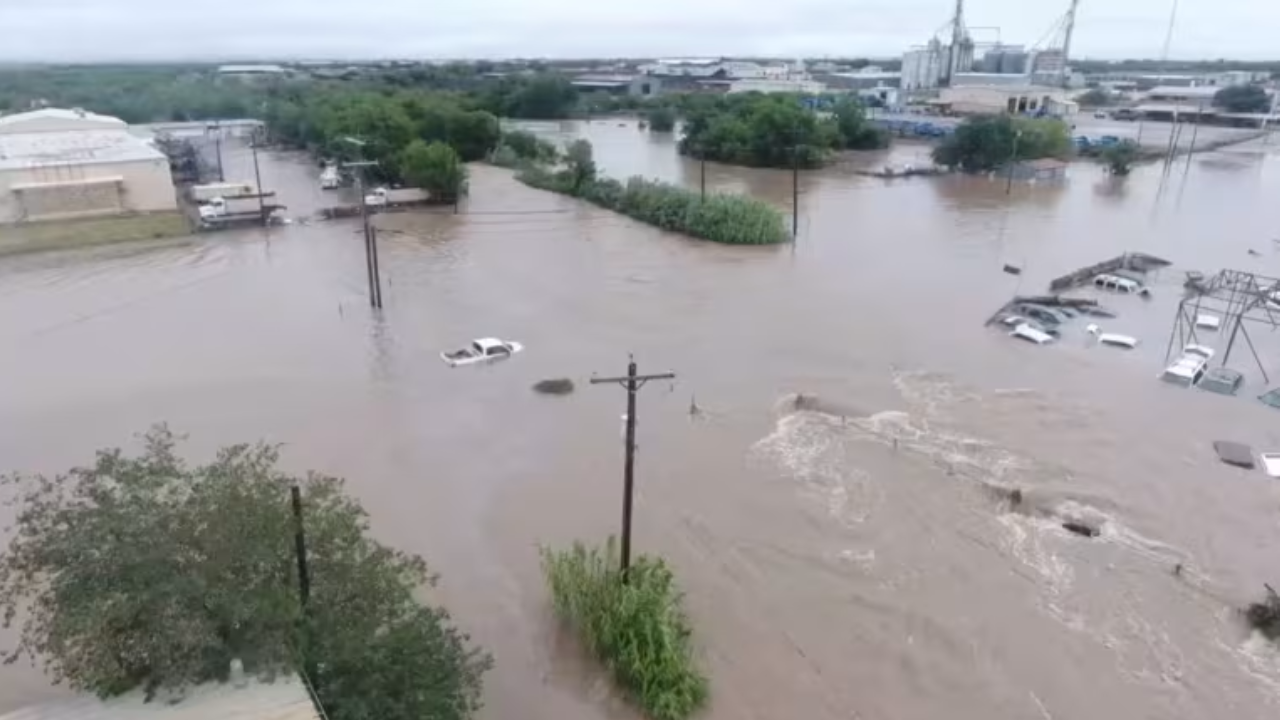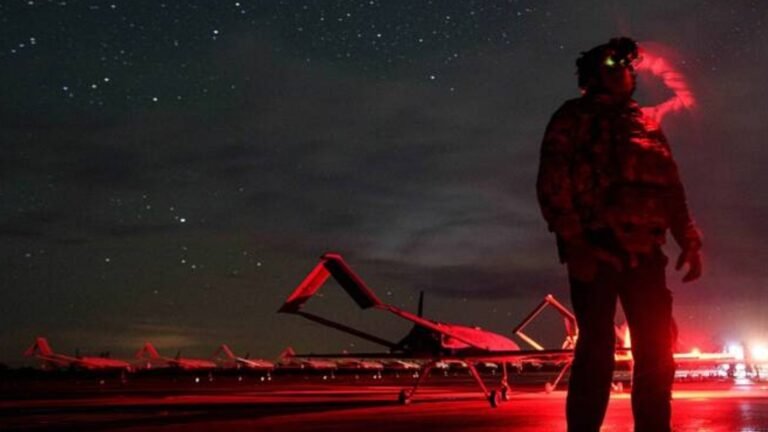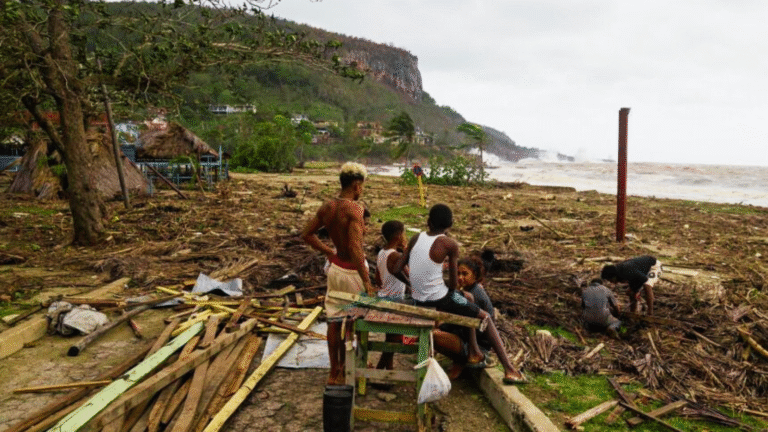The death toll from severe flooding across Texas has risen to more than 100, with rescue crews still desperately searching for those swept away by raging waters. Among the victims are at least 27 girls and counselors who were staying at a youth summer camp along a river when disaster struck over the Fourth of July holiday weekend.
Forecasters warn that more flooding is likely as heavy rains continue to fall on already saturated ground, complicating recovery efforts involving helicopters, boats, rescue dogs, and approximately 1,750 personnel.
“There is still a threat of heavy rain with the potential to cause further flooding,” Texas Governor Greg Abbott said in a statement Monday. He warned that the number of casualties is expected to rise.
President Donald Trump announced plans to visit Texas on Friday, as the White House rejected criticism claiming that cuts to weather agencies had weakened warning systems. Press Secretary Karoline Leavitt defended the agencies, stating the National Weather Service issued “timely and precise forecasts and warnings.” She also noted that several key roles within the weather service in Texas had been unfilled before the floods, according to a report.
Trump called the floods a “100-year catastrophe” that “nobody expected,” despite previous comments suggesting disaster relief should be handled at the state level. The president has since signed a major disaster declaration, activating federal funds and resources to assist in the response.
The hardest-hit area is Kerr County, where the Guadalupe River runs, with at least 84 deaths, including 28 children, according to local authorities. Among the victims were 27 individuals at Camp Mystic, an all-girls Christian camp housing about 750 people when floodwaters overwhelmed the site.
Summer camps are a cherished tradition across the US, with children often spending time in rural, wooded, or park settings. Texas Senator Ted Cruz reflected on the tragedy, noting that camps are places where children forge “lifetime friends,” only for tragedy to strike unexpectedly.
Some residents question why more robust flood-warning systems are not in place in this region of south and central Texas, an area colloquially known as “Flash Flood Alley” due to its frequent deluges. Experts emphasize that the National Weather Service provided timely forecasts, but climate scientist Daniel Swain pointed to a failure in “warning dissemination” as a contributing factor.












+ There are no comments
Add yours